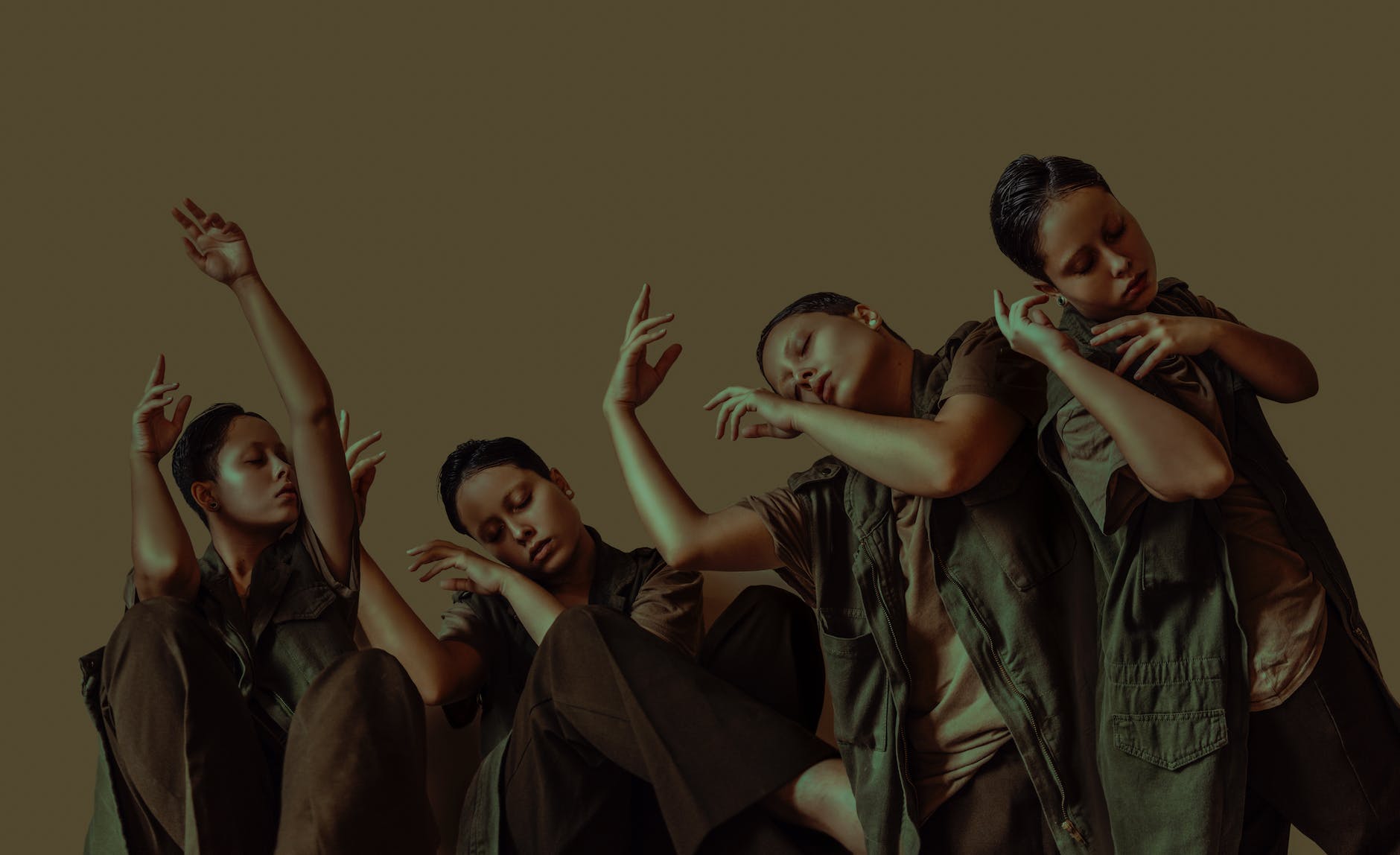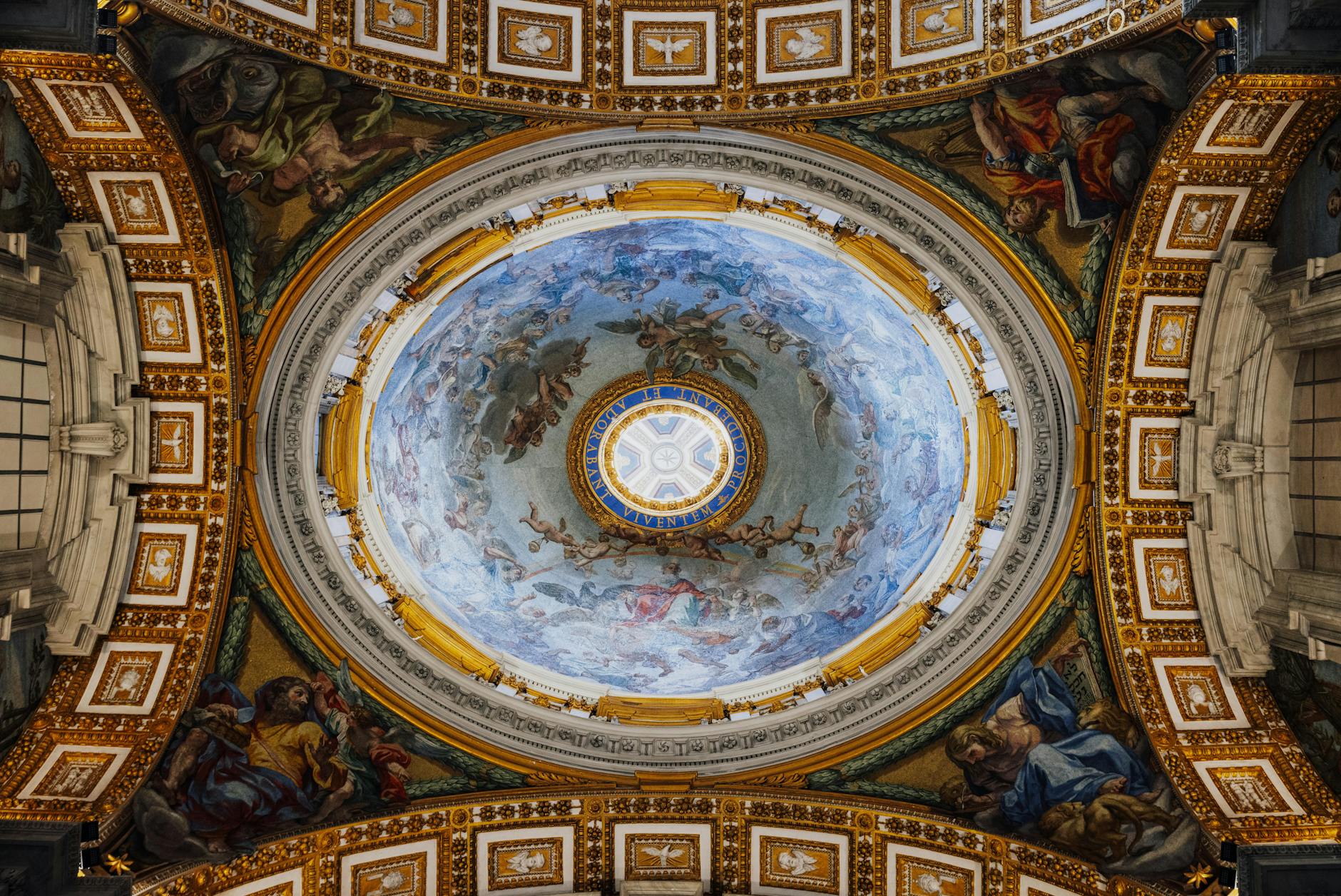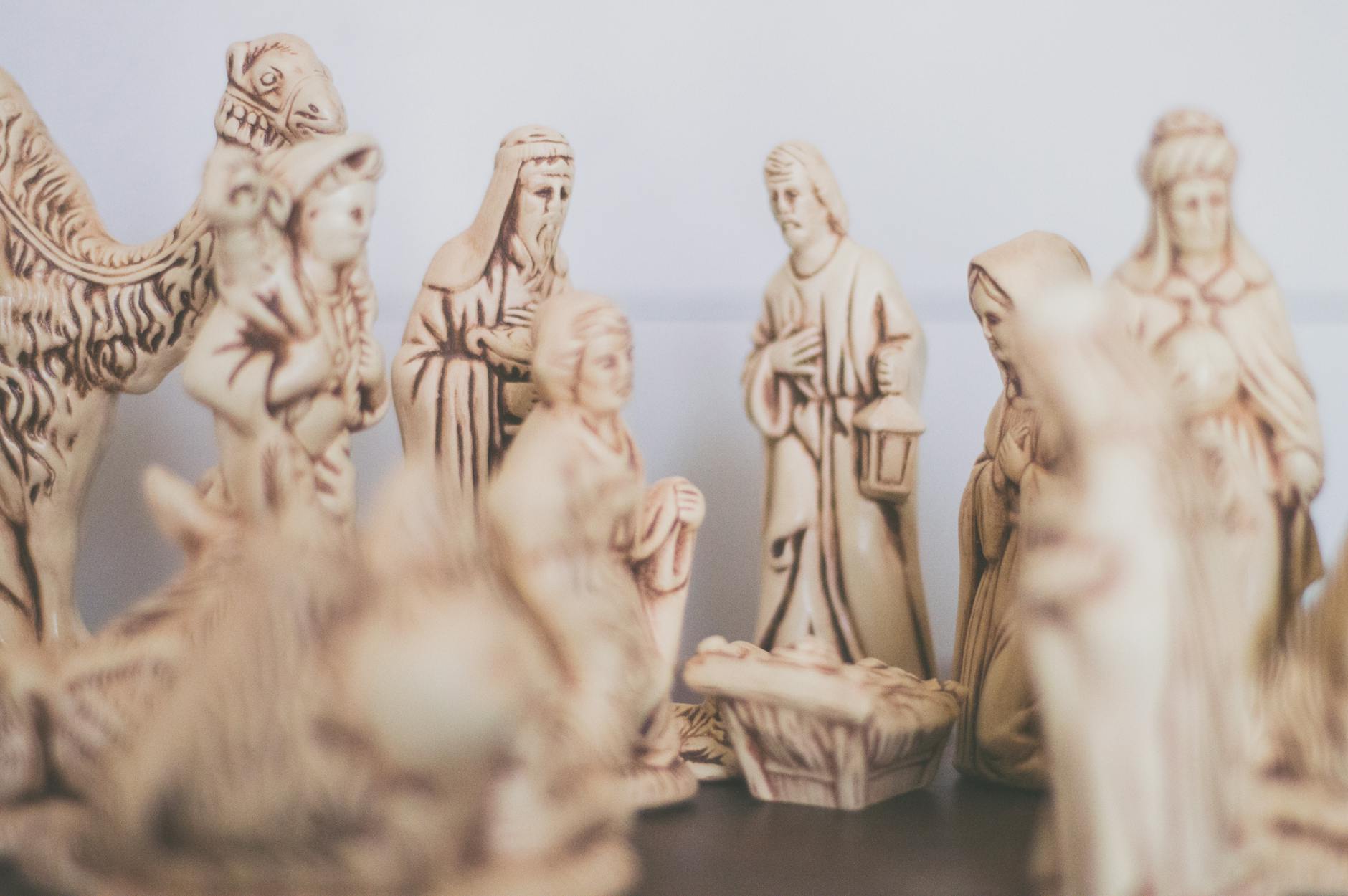Psychedelic art is an art movement that emerged from the heart of the 1960s counterculture, becoming synonymous with the cultural revolution of the era. This form of artistic expression, characterized by vivid colors and intricate forms, was not just art for art’s sake but a visual representation of an extraordinary inner journey, fueled by spirituality and drug influence.
The birth of the psychedelic art movement was a byproduct of the times, a period steeped in protest, transformative thinking, and boundless creativity. The late 1960s particularly was a decade marked by a radical shift in social and cultural attitudes. From the civil rights movements and the feminist uprising to a remarkable surge in interest in Eastern spirituality, the era represented a break from tradition and the dawning of a new age in the Western world.
Psychedelic aesthetics were about making the unseen, seen. This new form of art sought to recreate the hallucinogenic experiences resulting from the use of psychoactive drugs such as LSD, mescaline, and psilocybin mushrooms, albeit through legal means. The experiences of these drugs prompted a departure from the conventional wisdom about reality and spurred an exploration of the mysteries of the human mind.
Artists inspired by such experiences used intense, vivid colors and swirling organic patterns to depict a heightened sense of reality. They combined disparate elements from photographs, cartoons, and rub-on letters to create kaleidoscopic compositions, a striking visual representation of an altered state of consciousness.
Prominent among these artists was Peter Max. His colorful, surreal illustrations came to epitomize the style of the 1960s. His use of bold, uncomplicated patterns and electric hues captured the dreamlike quality of the drug-induced state. Another influential figure of the era was graphic artist Milton Glaser, best known for his iconic “I ❤️ NY” logo. Glaser’s groundbreaking poster for Bob Dylan’s “Greatest Hits” album set the standard for psychedelic poster art.
Psychedelic artwork was not confined within the frame of a painting. Its bright, swirling patterns and mesmerizing shapes transcended traditional mediums and found their way onto everything from album covers and concert posters to clothes and accessories. Even today, psychedelic influences can be seen in the works of contemporary artists seeking to capture a sense of the transcendental and the mystical.
The impact of psychedelic aesthetics extended beyond the realm of the visual and permeated into music, literature, and even religion. The countercultural movements adopted the spiritual aspect of psychedelic use, seeing in it a route to personal enlightenment and societal transformation. Even though the colorful, swirling designs are most strongly associated with the movement, the true essence lies in its attempt to communicate profound, often indescribable, spiritual and intellectual experiences.
Violent opposition to psychedelia and everything it stood for, primarily in terms of drug usage, led to its decline by the early 1970s. However, the visual language it created has been kept alive and has found new resonance in contemporary movements.
Psychedelic art is a testament to the power of art as a means of transcending temporal and spatial boundaries and capturing the ineffable human experience. It provides yet another instance of art taking the role of a social barometer, reflecting the values, aspirations, and the spirit of the times. This exploration into an extraordinary chapter in the history of artistic expression illustrates the power behind the psychedelic art movement that continues to inspire and influence to this very day.
While its psychedelic aesthetics has left an indelible mark in history, its central message — the quest for deeper understanding, unity, and peace — continues to resonate with each new generation, becoming every bit as relevant today as it was in the heady days of the counterculture revolution in the 1960s.








